Hello there and welcome to my final humanities post for this year. This will also be my last humanities post for a long while as I am leaving the program. But I will probably come back for gr. 11 if it runs. Regardless I hope you enjoy this post about WW1.
In this unit we made a video about a specific topic in the category of WW1. This project was a lot more open ended then our other video projects. As we could pick the style of video we use. Regardless we still had a lot to do before we even chose our form.
One of those things was the novel study we had to do. To help us get a better understanding of the scale of WW1 we had to read a book.
There were 3 books that we could choose from. Warhorse, Generals die in bed, and Private Peaceful. I chose to read Warhorse as it sound the most appealing to me.
Warhorse is about the main character Joey who is a horse. He gets sold to the army where he goes on a epic journey to find his owner Albert. I can’t say much more without spoiling the book.
To show that we read the book we had to complete a role sheet each week and participate in book chats with other people who read the same novel.
I did not really like that we had to fill out role sheets about the book. I understand why we have to do it but I don’t like it. I would much prefer if we could talk about the book for a while. That would be much more interesting.
After we finished our books we had to do a final book reflection. There were 5 different options. I chose to do a photo essay. Before you go any further my reflection contains spoilers for the book. So you have now been warned.
While we were reading the book the more important part of this unit was taking place. That was the creation of our videos.
Our videos were required to have many things. Some of them were; an intro, music, and works cited. My topic was the War at Sea. I followed 5 main steps to make my video.
First I had to research my topic, the War at Sea. The research would become my base of the video. It also helped me understand what happened at sea during WW1.
Then came the video pitch form. Now that we had an idea about our topic and what story we were going to tell we could now pitch our video styles to Ms. Maxwell. I decided to go with the Indy Nidel style video. I picked this video style because I didn’t really like the other options. I hate drawing so an animation was off the table, and I have no idea how to make a stop motion.
Next I moved on to writing my screenplay. This stage is very important as this is where I decided what I’m going to say. It was important that I do this stage and not procrastinate it because it made filming the video a lot easier.
The last planning stage we did was the storyboard. This was helpful as it helped me plan out what I was going to film and what it would look like.
After all that I moved on the most important stages, filming and editing. I made many drafts for this video. I even had to change sets and re-film most of it. Here is my final video that I presented to the students at Cove Cliff.
Now let’s look into how I got there. To film I had to get my mom to help. My first draft was on a different set. Take a look.
As you can see the set was drastically worse and I didn’t have an intro or music. I also didn’t have a lot of images to break up the face. This resulted in a pretty boring video. Using the feedback I quickly made a 2nd draft.
In this draft I re-filmed the video and added in more images. I did not have time to make an intro or add music for this draft but I put it in for the final one.
I only made 3 versions of this video mainly because of the time crunch I was on. Normally for a video we make at least 3-4 drafts before our final product. However as I said before we also went to Cove Cliff (an elementary school close by) to present our videos to a live audience.
Reflection
This unit was a great way to end our humanities year. I learned lots about Indy nidel style videos and how to film/edit them. If I were to re-do this project I would definitely give myself more time to edit the video and add things like music and an intro earlier so that I can make less drafts. I loved the fact we got to go and present our videos to a live audience as it helped make sure the video was something I was proud of because I had to show it to people I don’t know.
Anyways humanities this year was great. I have one more post to do so stay tuned.
-Emerson














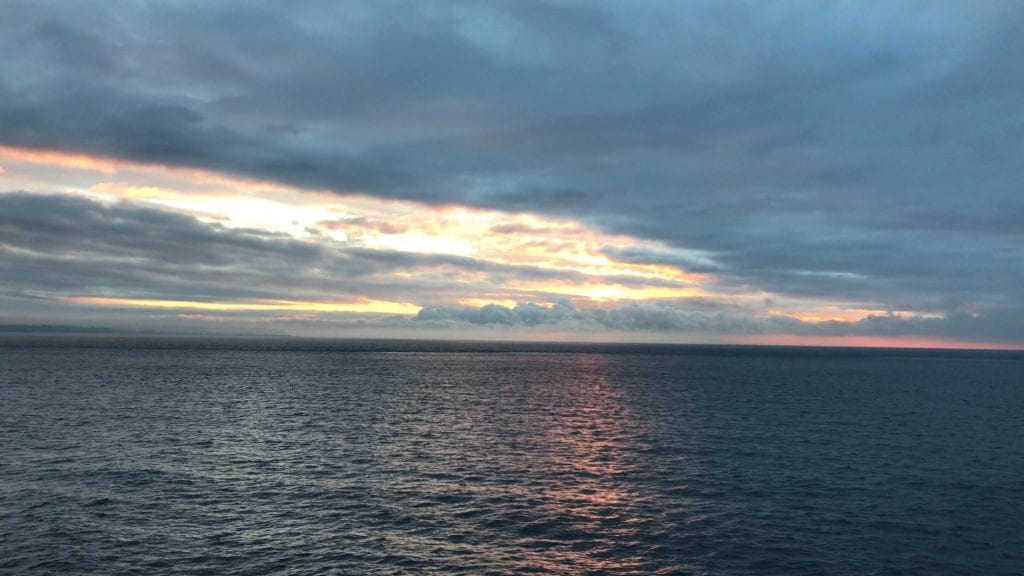

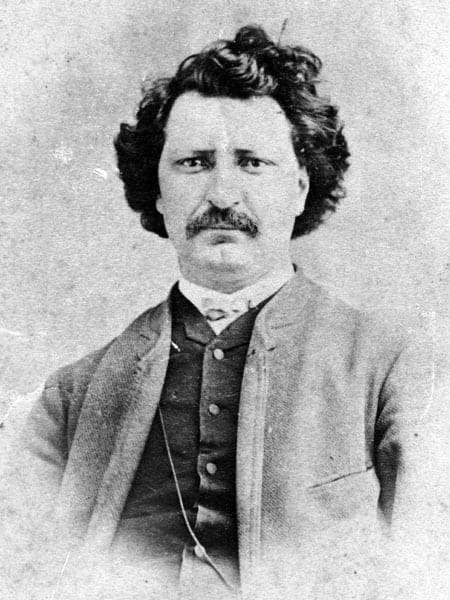



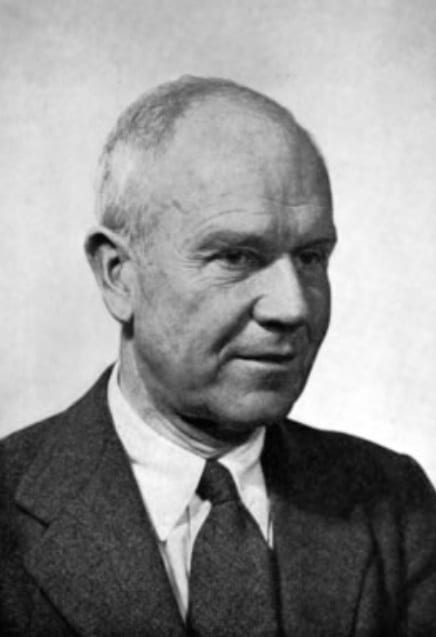









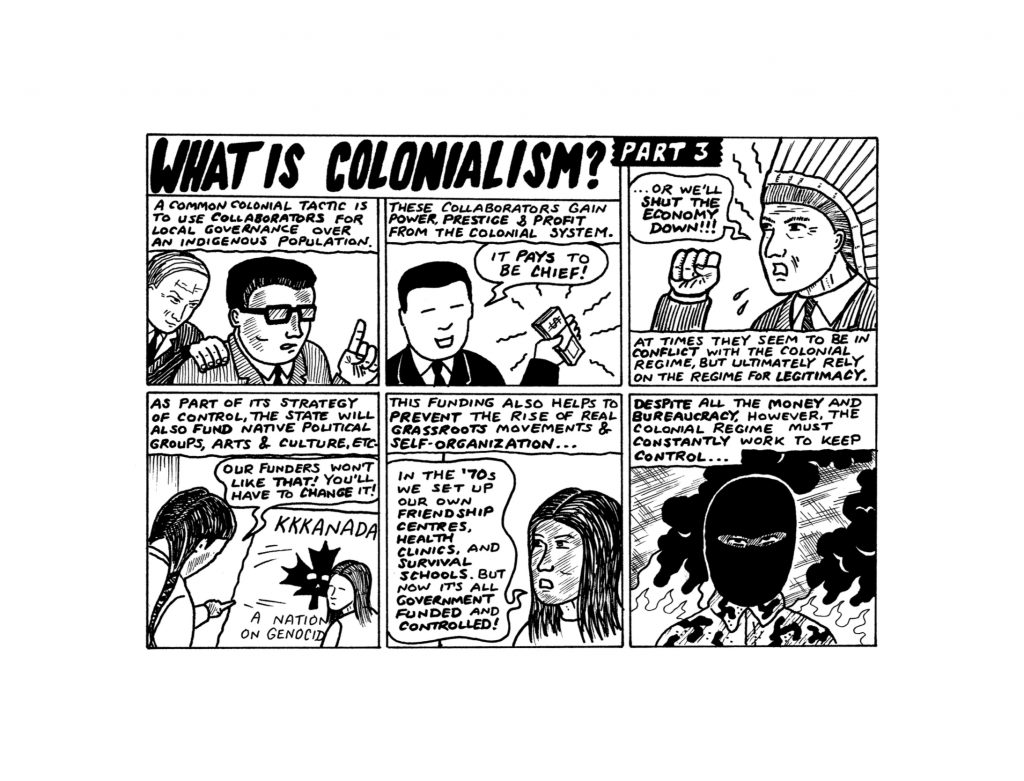


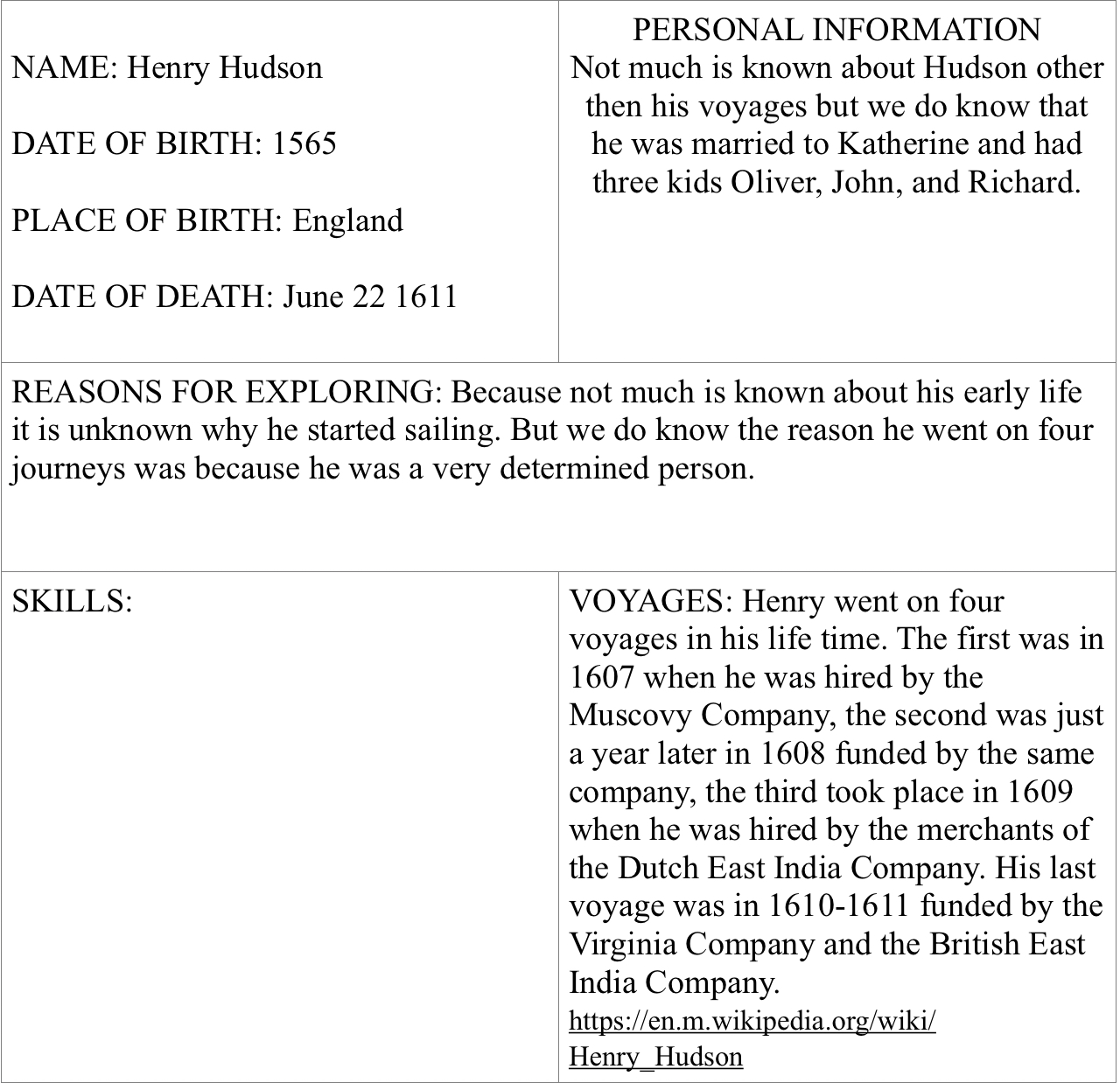









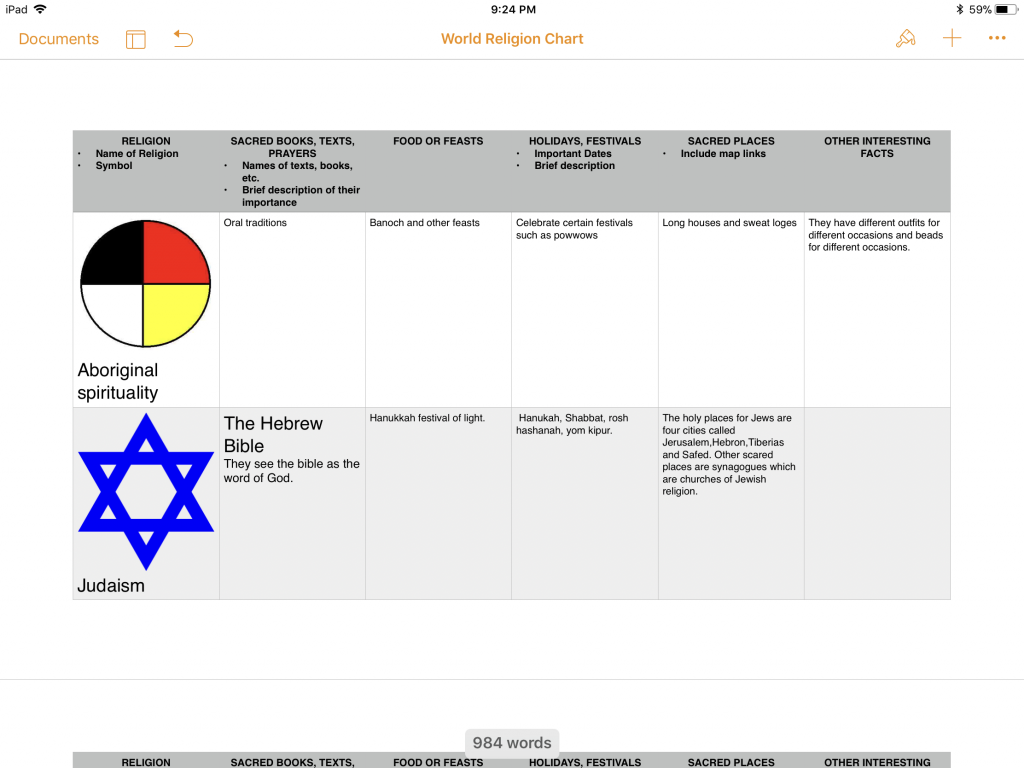






















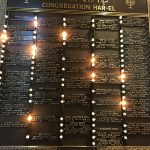
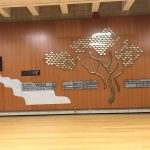




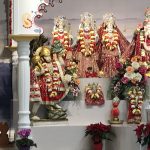

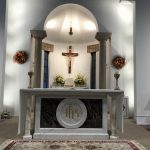


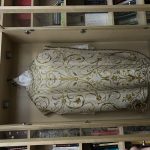





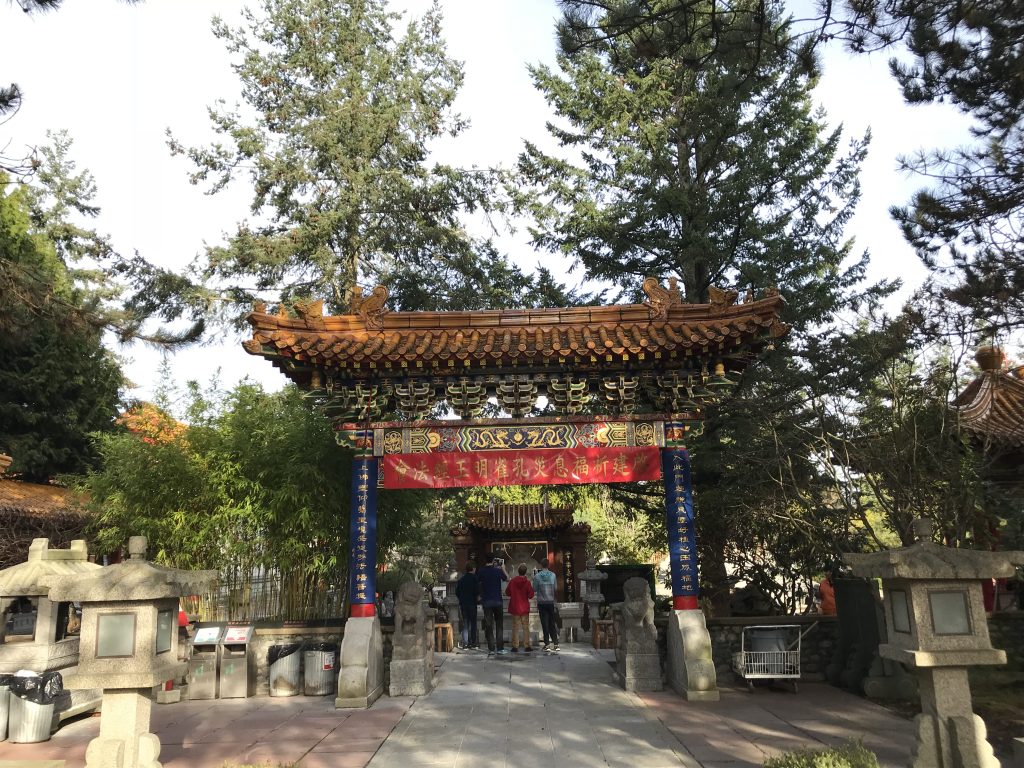













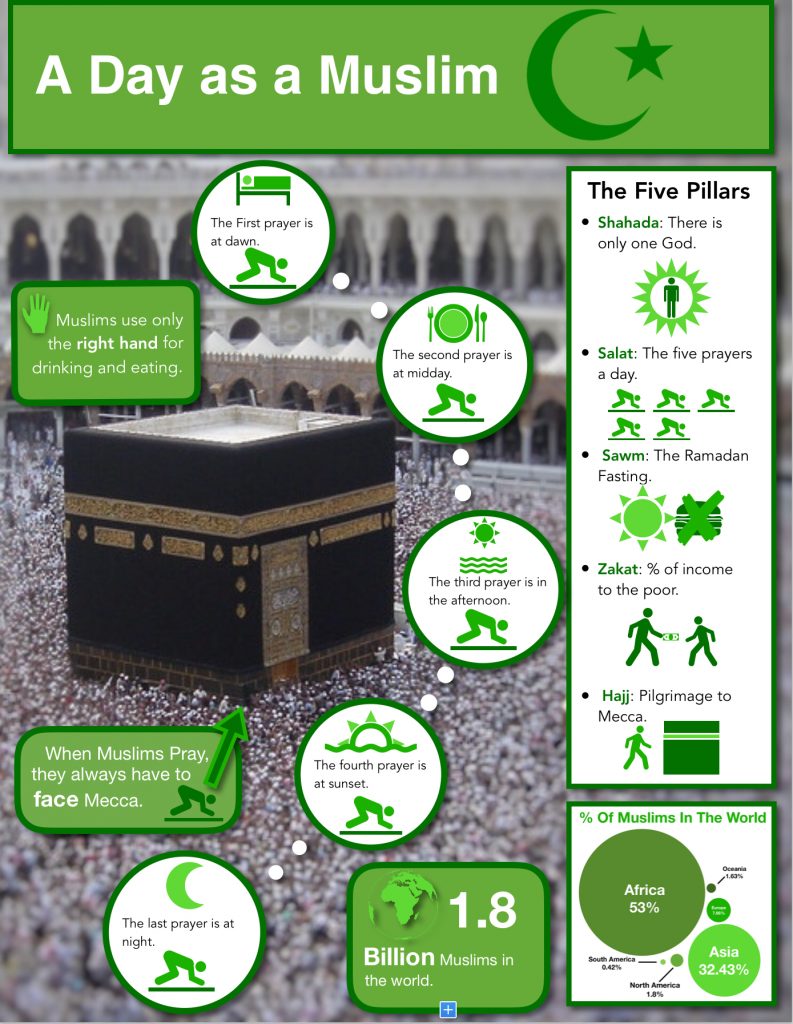


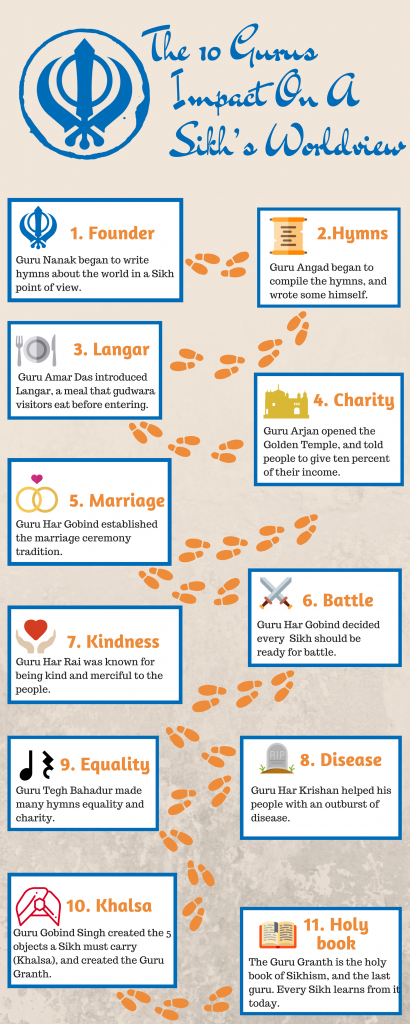




 Oregon draft 2
Oregon draft 2
